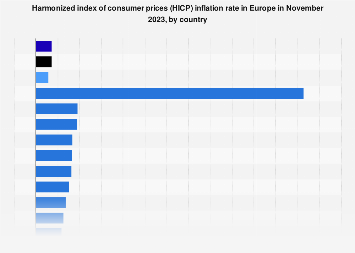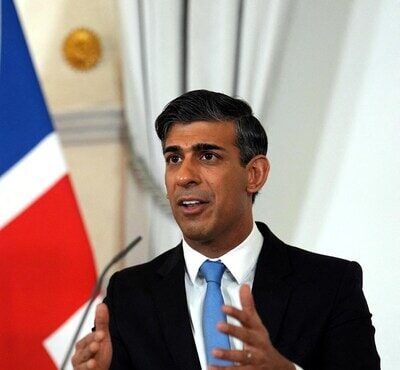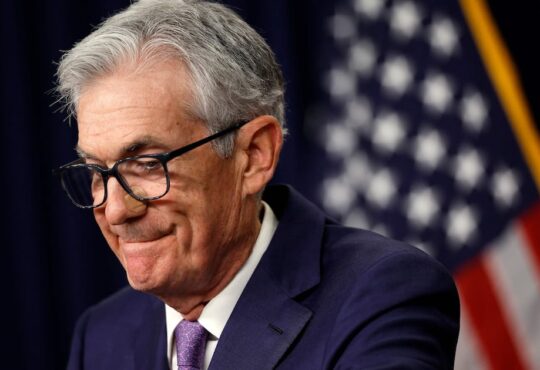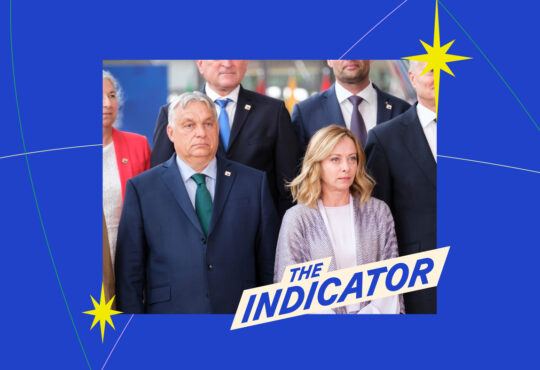
As of November 2023, the inflation rate in the European Union was 3.6 percent, with prices rising fastest in Hungary, which had an inflation rate of 9.6 percent. By contrast, both Denmark and Belgium saw deflation during the same period, with Belgium having the lowest inflation rate in the EU during this month at minus 0.7 percent. The rate of inflation in the EU in the October 2022 was higher than at any other time, with the peak prior to 2021 recorded in July 2008 when prices were growing by 4.4 percent year-on-year. Before the recent rises in inflation, price rises in the EU had been kept at relatively low levels, with the inflation rate remaining below three percent between January 2012 and August 2021.
Rapid recovery and energy costs driving inflation
The reopening of the European economy in 2021 following the sudden shock of COVID-19 in 2020 is behind many of the factors that have caused prices to rise so quickly in recent months. Global supply chains have not yet recovered from production issues, travel restrictions, and workforce problems brought about by the pandemic. Rising energy costs have only served to exacerbate supply problems, particularly with regard to the transport sector, which had the highest inflation rate of any sector in the EU in December 2021.
High inflation rates mirrored in the U.S.
The high inflation rates seen in Europe have been reflected in other parts of the world. In the United States, for example, the consumer price index reached a 40-year-high of seven percent in December 2021, influenced by many of the same factors driving European inflation. Nevertheless, it is hoped that once these supply chain issues ease, inflation levels will start to fall throughout the course of 2022.






